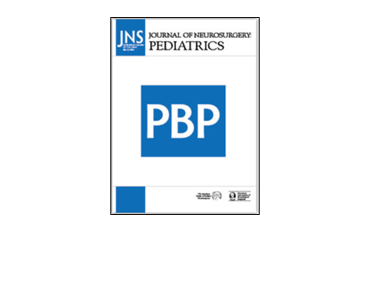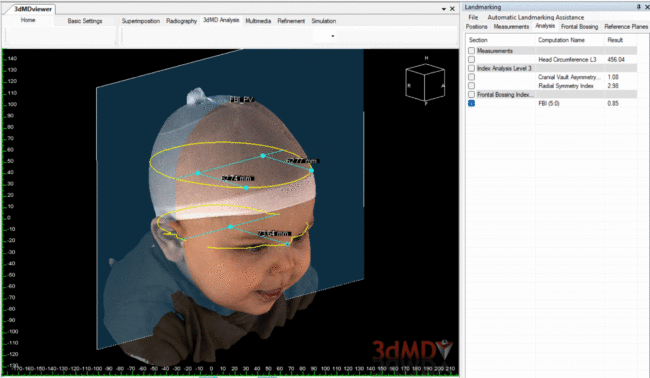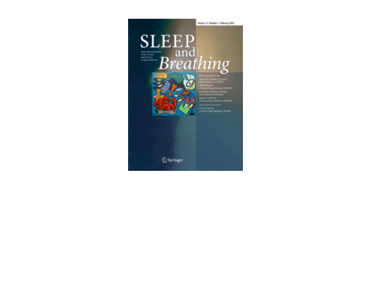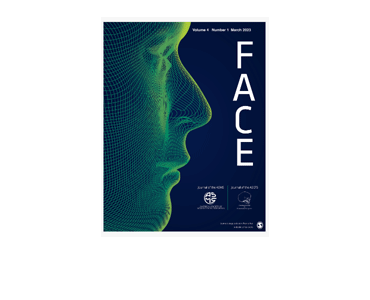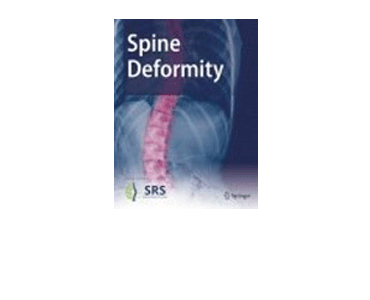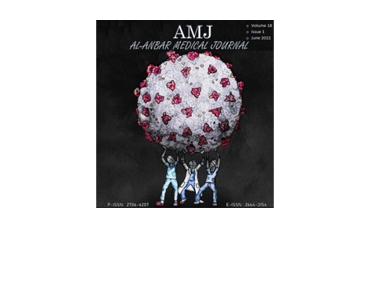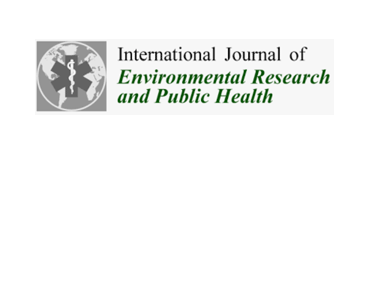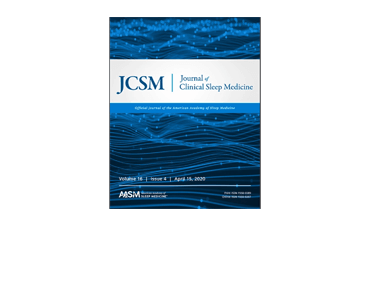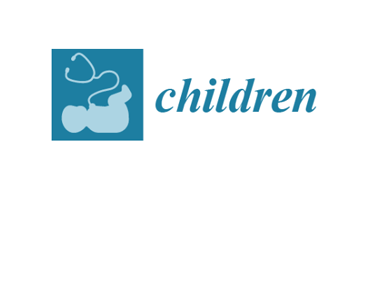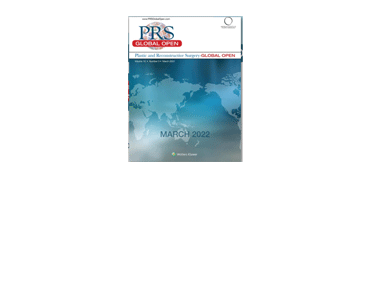Multicenter comparison of head shape outcomes for three minimally invasive strip craniectomy techniques for sagittal craniosynostosis. I Rizvi, RR Hallac, EL Geisler, JK Perez, BY Ainuz, MP Pressler, SA Jackson, GB Skolnick, MD Smyth, JR Seaward, CA Derderian, LR David, CM Runyan, KB Patel, AA Kane.
Preoperative and final postoperative 3dMD stereo photogrammetric images from patients who met the inclusion criteria had been collected as part of routine clinical imaging protocols in place at each study site. This large, retrospective, multicenter study illustrated whole head shape outcomes from three different craniectomy procedures.

